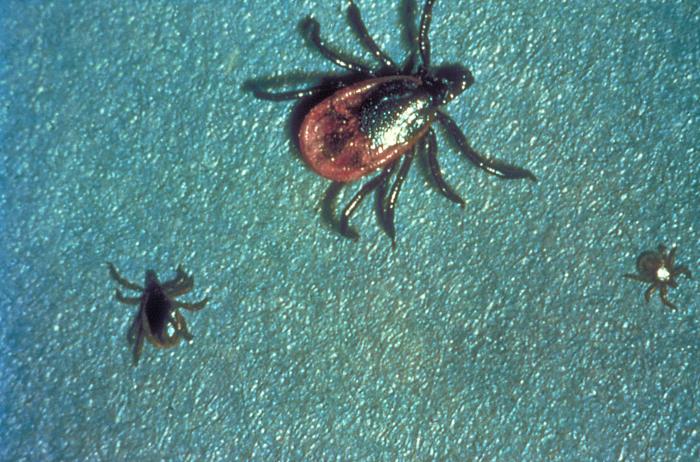U.S. Senate Minority Leader Charles E. Schumer announced this week that the U.S. Senate has passed his amendment to the upcoming Health and Human Services (HHS) appropriations bill to increase by 12.15 percent FY2019 funding for the Centers for Disease Control and Prevention (CDC) to combat Lyme disease and other tick-borne illnesses. Specifically, the bill increases Lyme disease funding from FY2018’s level of $10.7M to $12M for FY2019.

Schumer’s amendment secures the first increase in CDC Lyme disease funding in five years. Schumer said that this long-overdue increase in funding will be used to support the all-out state and local war against tick-borne diseases, as New York is the #1 target for tick-related disease in the United States. Schumer called the increase in funding a major victory for communities across Upstate New York and vowed to shepherd the funding through Congress and onto the president’s desk.
“Upstate New York has been feeling the brutal bite of Lyme disease and tick-borne illnesses for years now, and thankfully this long-overdue increase in CDC funding will give us the resources we need to strike back,” said Senator Schumer. “New Yorkers and their children shouldn’t have to worry that spending time outside in their backyards will leave them with a debilitating ailment like Lyme disease, and this funding will help to prevent that. I’m proud to secure this crucial funding to combat the spread of tick-borne illnesses, and will now fight tooth and nail to see that it passes Congress and is signed into law.”
Schumer said that the increase in funding from the CDC will specifically be used to target vector-borne pathogens which cause diseases in human beings. The funding increase will help understand when, where, and how people become exposed to vector-borne pathogens, as well as help to prevent exposure to vector-borne pathogens and mitigate potential consequences of infection. Additionally, the funding will be used to help implement vector-borne disease diagnostics, surveillance, control, and prevention programs.
- Lyme disease in the US: The Quest Diagnostics Health Trends report
- Lyme disease: Climate change and public policy
- Lyme disease: New research on Borrelia burgdorferi persistence
- Lyme disease treatment: Some thoughts
- The history behind the Lyme disease controversy and what’s new in Lyme research
- Lone star ticks do not transmit the Lyme bacteria: Entomologist
- A look at the differences in geographical distribution of Lyme disease
- A new Lyme disease test: Dr Richard Marconi discusses the GLD Test
- Lyme disease, Stevia and the quest for better treatments
- Lyme disease: Borrelia biofilm in the body demonstrated


